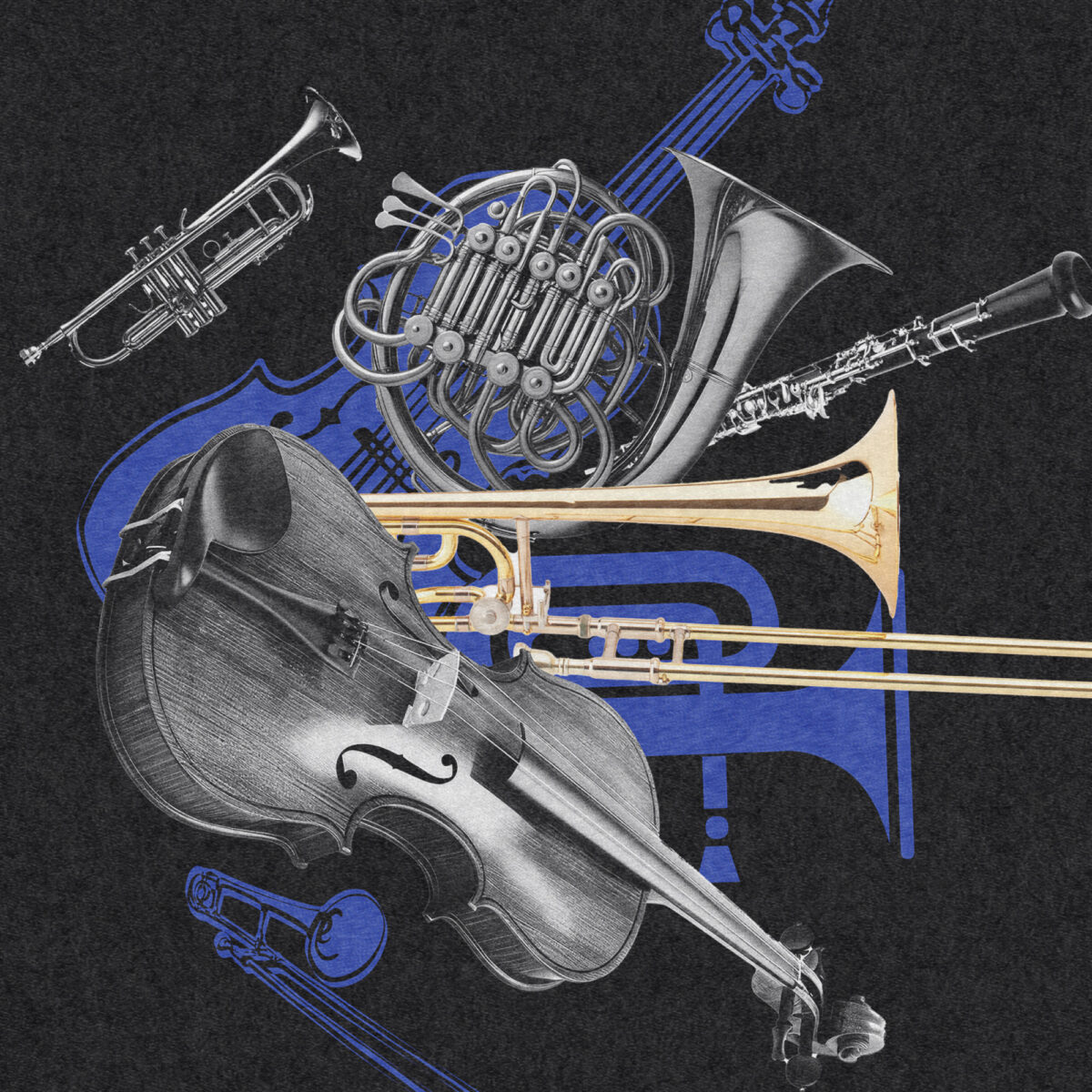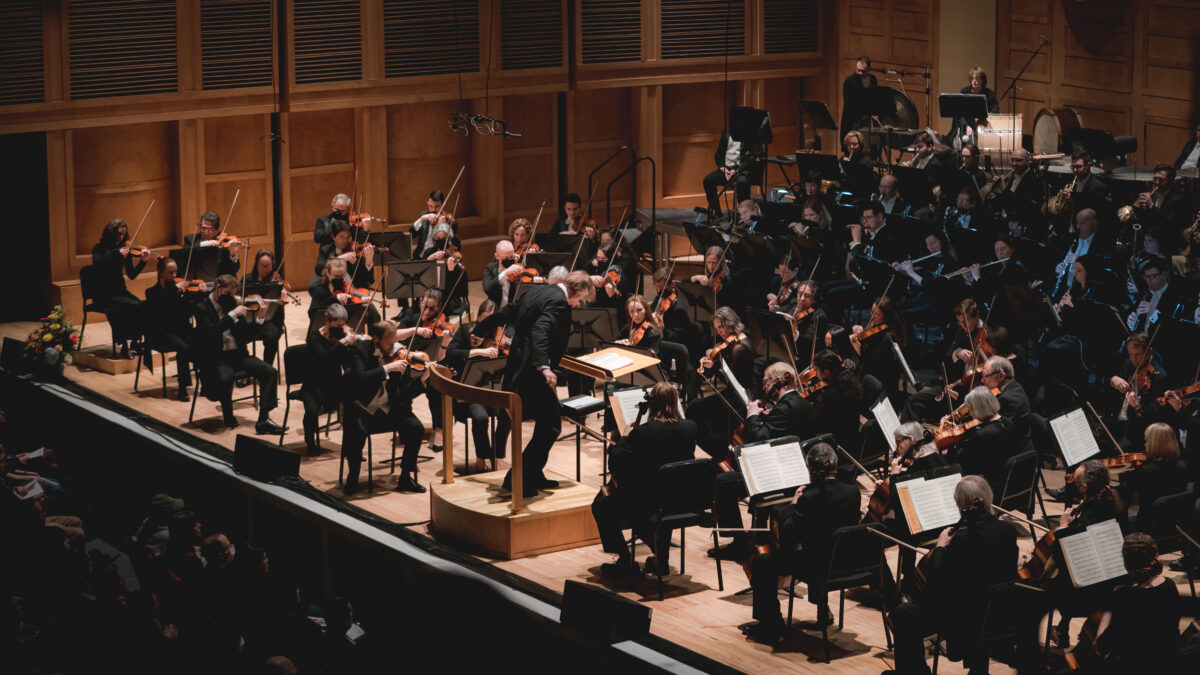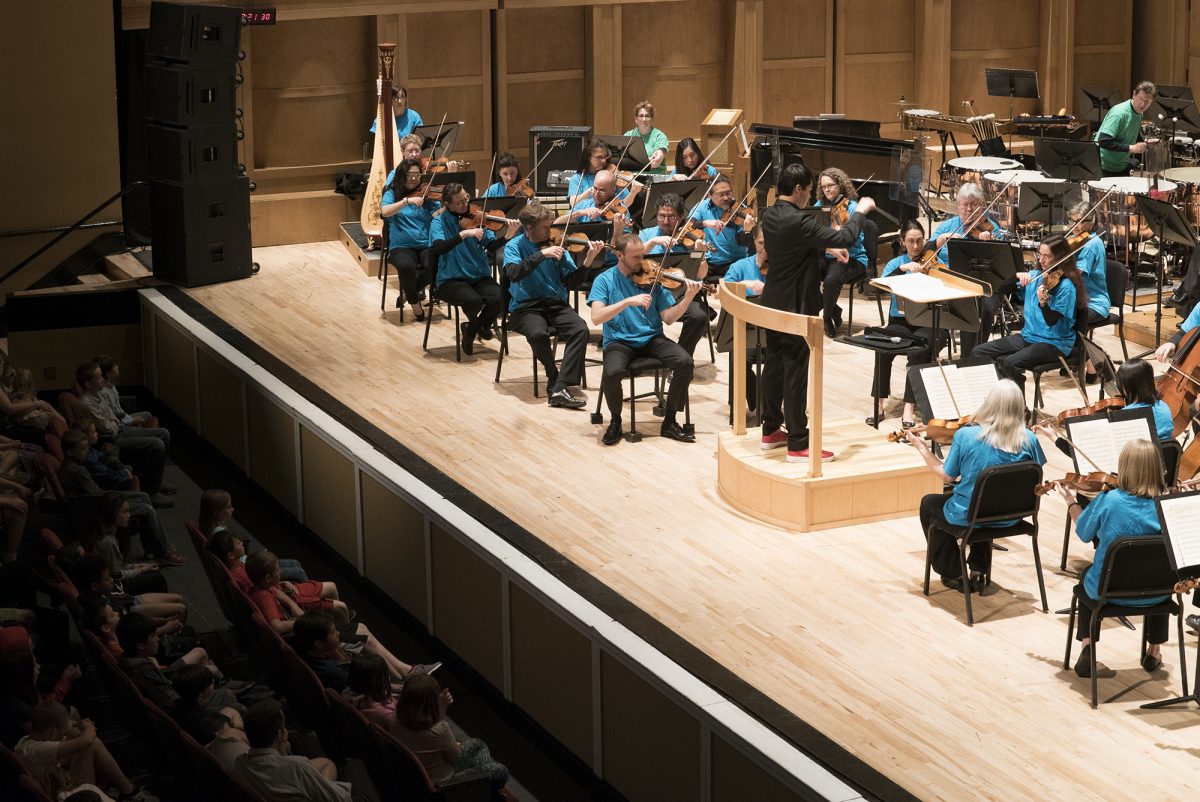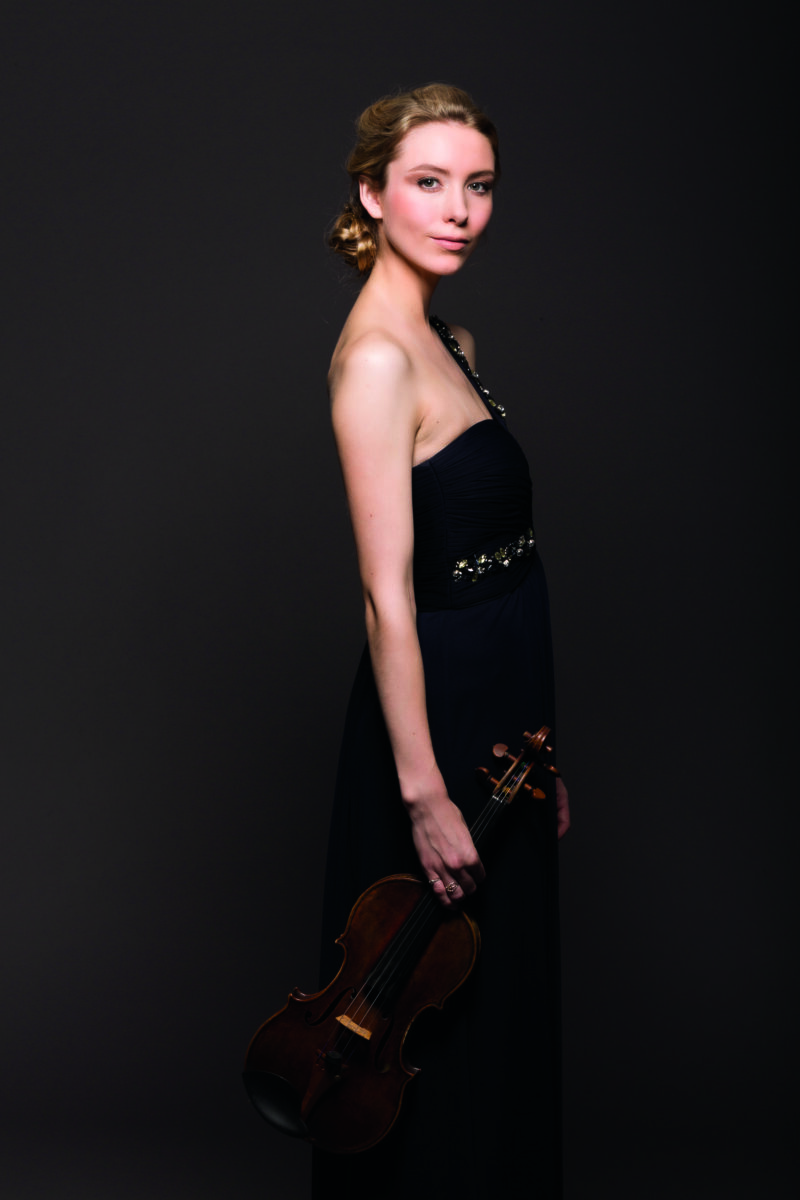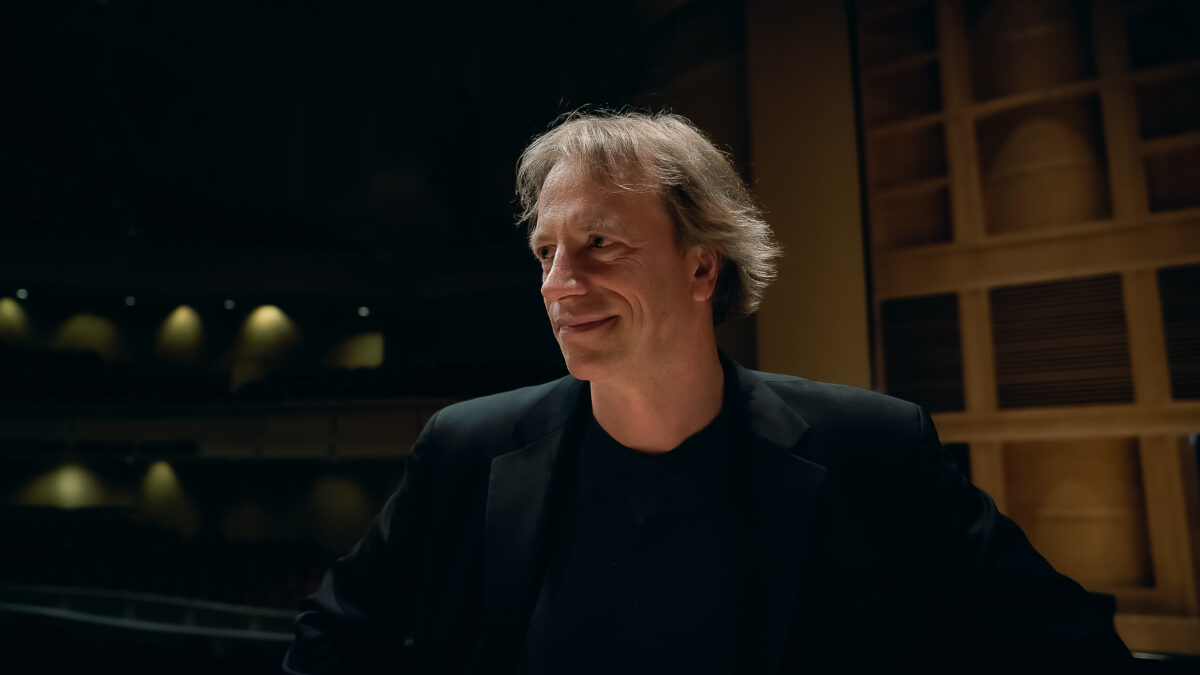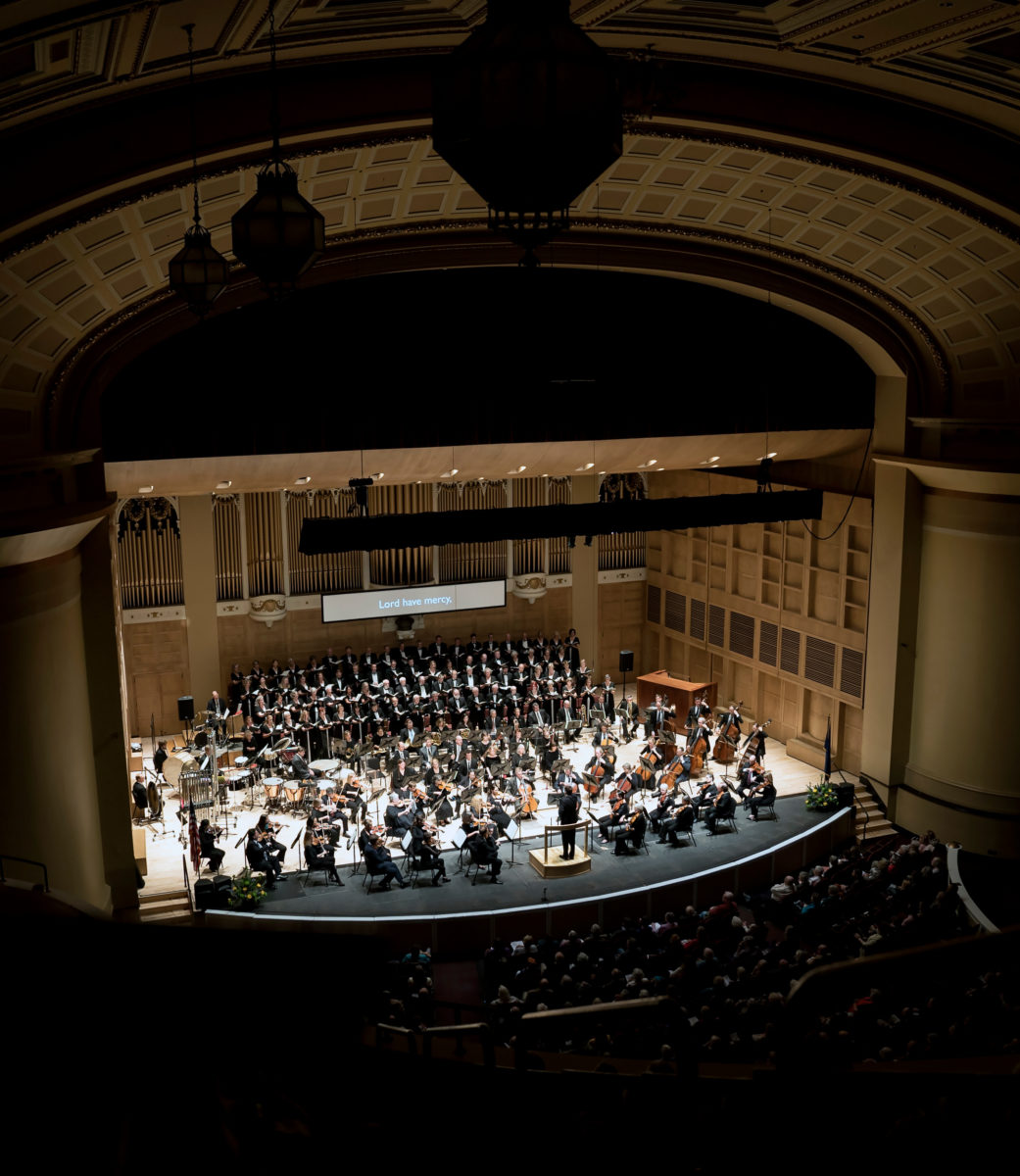Maine’s Bicentennial Program Notes
Daniel Sonenberg
First Light – A Fanfare for Maine
I was quite honored when the Portland Symphony Orchestra commissioned me, a transplanted New Yorker (but one who has now lived almost a third of his life in Maine) to compose a fanfare celebrating the state’s 200th birthday. In contemplating how to approach the piece, I thought both of Maine’s status as the easternmost state in the country, and of its original admission to the Union as a “free state.” In 1819, when Missouri, then a slave state, was requesting statehood, members of Congress were concerned about shifting the 11-11 balance of power between free and slave states. The Senate thus linked Missouri’s request for statehood to Maine’s, in order to maintain that balance, in the famous Missouri Compromise. I let these geographical and historical facts percolate for a few weeks.
Setting to work, I looked over the list of percussion instruments already in use for this program, and my imagination latched onto the wind machine, an instrument for which I’ve never written, and one I normally probably would’t think to use. Hearing the sound of this most evocative of percussion tools immediately placed me at the summit of Cadillac Mountain, anticipating the nation’s first dawn, inhabited by the kind of inner tranquility I have only known in Maine. This mental image stuck with me, but posed a challenge for composition, since the phenomenon I thought to evoke, in real life, would unfold over a significantly longer timeframe than the three minutes allotted for the fanfare. Yet it is the job of good fiction to condense real world events, so I persisted.
The piece begins with soft wind, conjuring expectation of something momentous. Although there is not a one for one correspondence between musical events and my narrative, I sought to capture the unfolding splendor of sunrise, beginning with the chilled air and deep blue hues before the dawn, proceeding to the first cracks of light, illuminating mountains, trees, and ocean, and culminating finally in the full emergence of the sun, with its sustaining heat, light, and clarity. It is with the rising sun that this short piece becomes truly fanfare-like.
Returning to my historical jumping off point, I realized how perfectly the sunrise serves as an emblem, not only of Maine’s physical place in the world and its natural beauty, but also of the circumstances of its very origin. Maine’s admission to the Union was directly tied to the notion of freedom, and in direct opposition to the country’s greatest evil, slavery. At that moment in 1820, signal accomplishments by Harriet Beecher Stowe, Joshua Chamberlain, Henry Wadsworth Longfellow and others lay in Maine’s bright future, but the mandate that brought Maine statehood shone a guiding ray of sunlight on the years to come.
I hope the occasion of our bicentennial keeps us Mainers focused on the clear sunlit path, especially in these troubled times. My celebration of the sunrise, of the nation’s First Light, is imbued with a deep sense of optimism and hope; a reminder that the sun rises every day, and rises here first, and that out of darkness we can and will emerge. Maine, I trust, will keep its eye on that critical glowing light, and continue to chart a way forward defined by freedom, honesty, and justice.
First Light is dedicated to Eckart Preu and the Portland Symphony Orchestra.
-Daniel Sonenberg (2019)
********
Walter Piston
Suite from The Incredible Flutist
Walter Piston was born in Rockland, Maine in 1894 and died in Belmont, Massachusetts in 1976. He composed his ballet The Incredible Flutist in 1938; it received its premiere by the Boston Pops Orchestra under the direction of Arthur Fiedler the same year. Piston later extracted a thirteen movement suite from the score for concert performance. This was first performed by the Pittsburgh Symphony under Fritz Reiner in 1940. The score of the Suite calls for 3 flutes, piccolo, 3 oboes, English horn, 3 clarinets, bass clarinet, 3 bassoons, contrabassoon, 4 horns, 3 trumpets, 3 trombones, tuba, timpani, percussion, piano, and strings.
*****
Walter Piston belonged to that bright young generation of American composers that included Aaron Copland, William Schuman, Samuel Barber, Virgil Thompson and others. At one time it was expected by some that these men would constitute an “American school” of composition, but it was not to be. Despite the high quality of their work, they had surprisingly little influence: the next generation of American composers rejected their conservatism and instead looked more towards the Viennese serialists for inspiration, and became more or less amalgamated into the prevailing international style. Today there seems to be a revival of interest in the lesser-known among these composers, and that’s a good thing, for listeners will find their explorations amply rewarded.
Piston was a lifelong advocate of absolute music; it is ironic that today he is best known for his ballet The Incredible Flutist, the only work he wrote for the theater. The movement titles of the Suite outline the story of the ballet. A sleepy village rises from its siesta, and the buyers and sellers gradually fill the marketplace. A circus arrives, and its star attraction, the flutist, plays for the crowd. The flutist charms everyone (even the circus’ snake charmer!) with his music—and he seems to charm the ladies of the audience, too. A merchant hopes that he charms the rich widow as well, as they dance together. As eight o’clock strikes romance is everywhere, but when the widow is discovered kissing the merchant, she faints. After the flutist leads a dance for the crowd, his music revives the widow, whereupon the circus moves on to its next destination.
Two amusing traditions began with the first performance of The Incredible Flutist, and these are usually observed whenever the Suite is performed, too. First, when the circus band marches in, the orchestra players cheer its arrival as the townspeople would. Second, at the end of the Circus March there is the sound of a barking dog or two. As tradition has it, the winner of a barking contest among the musicians gets the role—but you should know that Maestro Slatkin has recorded the work using recordings of his own pets for that job. What fun!
The Incredible Flutist is rarely given as a ballet these days—it seems almost too-innocent a story by today’s standards. Piston’s Suite brings us much of the ballet’s splendid music, though, and it’s always a treat to hear it.
– Mark Rohr*
********
Arturo Marquez
Máscaras: Concerto for Harp and Orchestra
Arturo Marquez was born in Álamos, Sonora in Mexico in 1950 and currently lives with his family in Mexico City. The score calls for one flute, one oboe, two clarinets, one bassoon, one horn, one trombone, percussion, and strings.
*****
Arturo Márquez (1950- ) was born in Alamos, Sonora, Mexico. He began his musical training in La Puente, California in 1966, later studying piano and music theory at the Conservatory of Music of Mexico and composition at the Taller de Composición of the Institute of Fine Arts of Mexico with prominent Mexican composers. Márquez rounded out his education in Paris with Jacques Castérède, and at the California Institute of the Arts with Morton Subotnick, Mel Powell, and other advanced composers.
Márquez has become well known for his series of danzones, based on regional dance rhythms brought to Veracruz from Cuba. These as well as most of Márquez’s music includes an orchestra. Danzón No. 2 has become especially prominent on the concert stage.
Márquez has been honored in many ways notably (1) in February 2006, when he received the “Medalla de Oro de Bellas Artes” (Gold Medal of Fine Arts), the highest honor given to artists and composers by Mexico’s Bellas Artes. The ceremony included a concert at the Palacio de Bellas Artes titled El Danzon según Márquez” (The Danzón according to Márquez). And (2) in 2014, when he became Composer-in-Residence at The Orchestra of the Americas.
Márquez has composed an unusual and colorful concerto for harp and orchestra titled Mascaras (Masks). About this work, the composer has written:
Masks have been present in Mexican culture in all traditions, from pre-Hispanic times to the present; they have witnessed religious and profane [secular] ceremonies, which have helped to recreate endless situations, social, spiritual and even political. In 1994, Chiapas Indians rose up in arms, seeking justice for their people. The most significant symbol of this movement was the mask that represented the oblivion and rejection of the original peoples of Mexico. Two of the movements of my harp concerto Máscaras (Masks) have to do with this fight. “Máscara Flor” (Mask Flower) is in honor of the infants killed in the slaughter of Acteal in 1997, when 45 members of a pacifist group, Las Abejas (The Bees), were killed by a paramilitary group called Máscara Roja (Red Mask). That year, I had a conversation with a little Indian girl from Chiapas, who told me about her attachment to nature in the form of a flower. The fourth movement, “The Passion according to Marcos,” is based on the text of Subcomandante Marcos, “Who has to ask for forgiveness and who can grant it?” Marcos addressed this manifesto to the world at large on 18 January 1994, as a rejection of the pardon that President Salinas granted to the Zapatistas of Chiapas.
The other two movements deal with the mask of two other aspects of Mexican culture that have to do directly with our music. “The Passion according to San Juan de Letrán” is a danzón that takes the rhythm of the Mexican son [regional folk dance music of Mexico], as a longing for the lost music of Mexico City. San Juan de Letrán was one of the most musical streets from the 1920s to the 1980s. “Máscara Son” is about the deepest musical manifestation of Mexico: the son, which resists dying and which fortunately has managed to stay at the heart of Mexico, even with all the changes it has had in recent years. Máscaras was written in 1998–99 and was premiered by the harpist Lidia Tamayo, to whom it is dedicated.
– Michael Fink
********
Ferde Grofé
Grand Canyon Suite
Ferde Grofé was born in New York City in 1892 and died in Santa Monica, California in 1972. He completed his work Grand Canyon Suite in 1931 and it was premiered in Chicago under the direction of Paul Whiteman the same year. The score calls for three flutes, piccolo, two oboes, English horn, two clarinets, bass clarinet, two bassoons, contrabassoon, four horns, three trumpets, three trombones, tuba, timpani, percussion, harp, celeste, and strings.
*****
Runaway teenager, jazz musician and arranger, symphony violist, original orchestrator of Gershwin’s Rhapsody in Blue, composer of music on American subject matter — all these were facets in the exciting life and versatile career of Ferde Grofé (1892-1972). We know Grofé’s music chiefly through the Grand Canyon Suite, written in 1931, though he also composed several other suites illustrating the varied landscapes and lore of the United States. Concerning his music on American subjects, Grofé wrote:
I think I have spoken of America in this music simply because America spoke to me, just as it has spoken to you and to every one of us. . . . Our land is rich in music, and if you listen you can hear it right now. This is our music you hear, surging forth, singing up to every one of us.
And he gave us these words about the Grand Canyon Suite:
It took root in my heart and mind years before I wrote it, when I had lived in Arizona, roaming the desert and mountain country as an itinerant pianist. This was first-hand experience for me, and I knew the terrain of the Grand Canyon region, its animal and bird life, and the people and their habits and customs. The richness of the land and the rugged optimism of its people had fired my imagination. I was determined to put it all to music someday.
The Grand Canyon Suite’s first movement, “Sunrise,” begins with a roll of the timpani, a portent of the majestic scene to come. Against a background of rising chords, muted trumpets impart the principal theme. In David Ewen’s words, “The music then grows and develops, gaining luster and brilliance much as the sun does when dawn grows into daytime.”
“Painted Desert” has an eerie quality at first. Grofé suggests the stillness and stasis of the desert with sustained or repeated notes. A lyrical middle section offers relief but then gives way to a conclusion as mysterious as the opening.
The third movement, “On the Trail,” is the most popular part of the suite. After a rhapsodic introduction featuring a solo violin comes the loping first theme, illustrating the sure- footed donkeys that descend the rim of the canyon along narrow trails. A cowboy-style song in the horn then floats over the donkey theme. The rest of the movement features these two themes, often weaving them together.
“Sunset” begins with a series of distant animal calls using musical content from “Sunrise.” A lovely new theme emerges to lull the Canyon to sleep as the melancholy dusk approaches.
The suite’s finale is titled “Cloudburst.” Nocturnal reminiscences of earlier themes rise to a high point when the sounds of a desert thunderstorm loom in the distance, then arrive full force. Powerful brass and percussion crash against the shrieking strings at the height of the storm. This passes quickly, however, preparing the way for a glorious playing of the suite’s main theme in a rousing climax.
– Michael Fink
*Mark Rohr was the Portland Symphony Orchestra’s Bass Trombonist from the mid-1980’s and program annotator from 1991 until his passing in 2019. We are privileged to continue publishing his program notes at his bequest.







